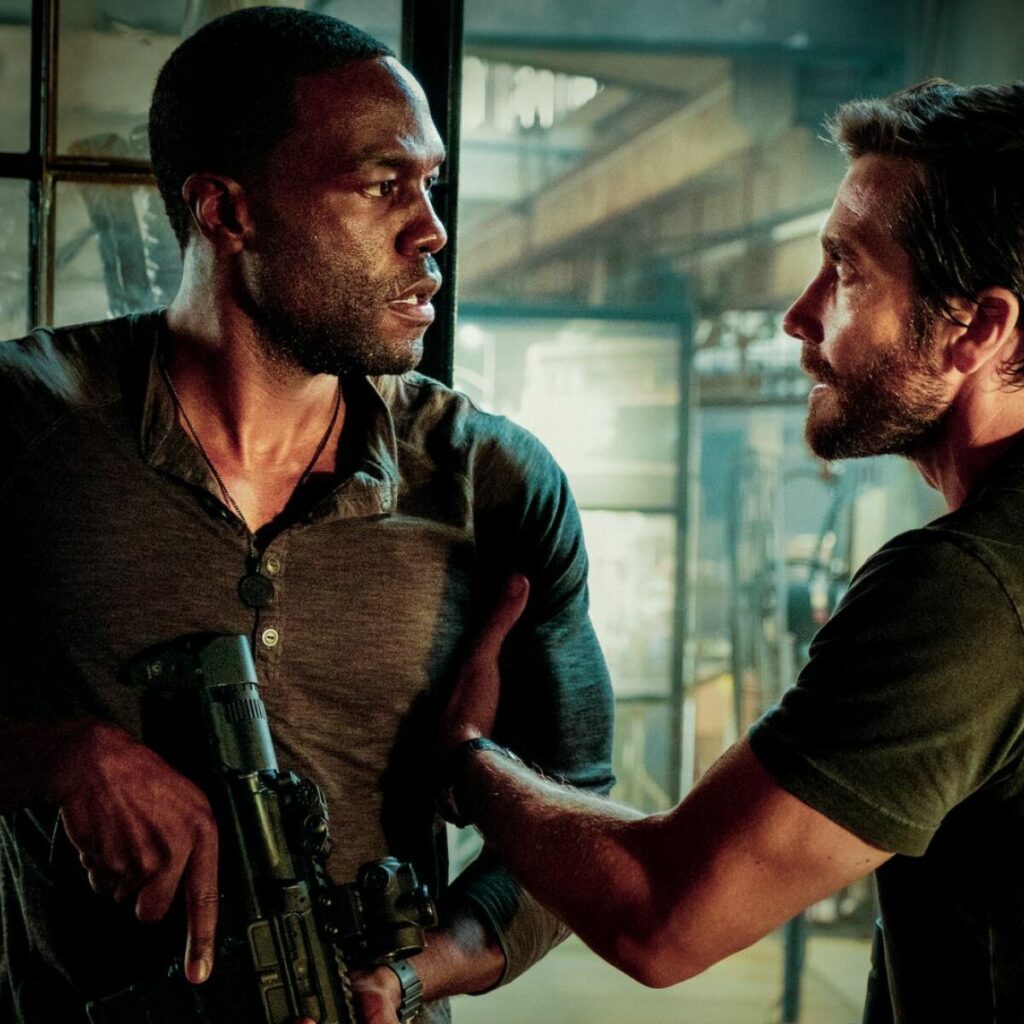
Character flaws used to be a giant mystery to me. It was hard to identify them in movies unless they were overtly obvious. If I did identity them, I became obsessed with charting the flaw over the course of the movie and when the character actually overcame it. I wasn’t sure if the character was supposed to overcome the flaw all at once, in the end, or if they should overcome it bit by bit over the course of the story.
I got so frustrated by this process that I actually swore off character flaws. I convinced myself that they were antiquated Screenwriting 101 riff-raff. You didn’t need them. Any character “arc” that occurred in a movie was manipulated by the writer and therefore insincere.
I eventually rebounded back to somewhere in the middle. There are times when you give your characters flaws and times when you don’t. But I think most audiences want to see some sort of change in the main character over the course of the story or else they feel like there was no point to it all. If the main character didn’t learn anything, then why waste our time?
This goes back to the beginning of storytelling where each story needed to have a moral. And, usually, for a moral to occur, the main character would have to learn something. And in learning something, they’d change. Take one of the oldest tales in the book, The Scorpion and the Frog. The frog’s flaw might’ve been that he’s too trusting. The frog then takes the scorpion across the river but the scorpion stings him. The frog has learned a valuable lesson. Not to be so trusting. Unfortunately, he’s got poison in his body so now he’s going to die. But had he miraculously survived, he’d definitely be a little more suspicious of future animals needing his help. Hence, he’s changed.
Imagine that same story but, this time, the scorpion doesn’t sting the frog. They both get to the other side. The scorpion thanks the frog and says goodbye, and they both go on their way. If I’d told you that story, I assume you’d say to me, “What’s the point?” What do you mean, ‘what’s the point?’ They both made it across the river. “Yeah but nothing happened to them.” Right, cause they survived. “But nothing changed.”
That’s the key phrase there. “Nothing changed.” When people read stories, they expect there to be some change from where the story began or else they feel it was a waste of time. Now, while it’s true, you can rely solely on the PLOT for that change, if you’re doing it right, your plot and your main character are so intertwined that one can’t change without the other.
Now that we know why a character flaw is important, how do we create one? Well, I’m going to share a trick to help you find a flaw for your main character every single time. All you have to do is identify what their goal is in the movie and create a weakness within your character that makes it hard to achieve that goal.
For example, let’s say your main character is an up-and-coming golfer and his goal is to win the Masters. Ask yourself, what are some weaknesses that would make it hard for my character to win the Masters?
Well, they could be stubborn. Whenever a coach tries to teach them, our protagonist wants to do it “their way.” That’s their flaw. Another option: they allow their frustration to overcome them too easily, a la Happy Gilmore. Yet another option: they could be more obsessed with the glitz and glamour of being a professional athlete and therefore don’t put in the necessary work, a criticism that tennis star Nick Kyrgios has been labled with.

The good news is there isn’t some bag of 10,000 flaws you have to sift through every time you write a movie. I’d say there are about 15-20 character flaws that get explored in most movies. We’re all basically living the same experiences and, therefore, battling the same flaws.
Let’s look at another potential movie idea.
Two brothers, one who makes his living as a bank manager, the other who’s a long-time criminal. The criminal comes to the bank manager and says he wants to pull off a heist but can’t do it without the brother’s help.
So this one’s a little more complicated because it’s a two-hander and therefore we have to figure out flaws for each character. The way to do this is to identify the goal of each character. Remember, the goal will determine the flaw. The criminal has a simple goal – steal the money. Therefore, what weakness can we give him that’s going to make that as difficult as possible? It could be that he’s greedy. The heist has an “easy money” option and then some bonus money if they want to be more daring. Our criminal fighting that urge to get as much money as possible is how we explore his flaw.
Another flaw is he could be reckless. His style is to take risks. That helps him get more gold out of the pot than the average bank robber. But it also hurts him when the job is more complicated and needs a concise plan.
Now let’s look at the bank manager. At first glance, you might say his goal is the heist as well. But actually, his goal is to help his brother. At least in this movie it is. So if his goal is to help his brother, what weakness can we give him that makes that job as hard as possible?
The first one that come to mind is loyalty. The bank manager is so undyingly loyal to his brother that he’s willing to do whatever it takes to help him succeed. You can already see how this makes for an interesting arc. When things get heavy and the aftermath of the heist turns into chaos (innocent people are killed, the whole city is after them), how much needs to happen before the bank manager does the “right thing” over being loyal to his brother?
I used the template of “Ambulance” for that one so you can check that movie out to see those flaws in action.
Flaws always get a little tricky with two-handers. Because a lot of writers, for whatever reason – maybe it’s laziness – don’t want to do two character arcs. It’s easier to give the major flaw to one character and keep the other character flat. Another thing writers will do is they’ll give one of the characters a flaw that has to do with the goal. And the second character, the one who doesn’t have as big of a goal, they’ll give them a flaw that’s more internal.
They did this in The Lost City, that Sandra Bullock Channing Tatum movie that came out earlier in the summer. The movie follows romance author, Loretta, as she’s kidnapped to South America due to her knowledge of a rare treasure hidden in the South American jungle. Then you have Alan, the doofy model who plays the studly hero on all of Loretta’s book covers. He flies in to find Loretta to rescue her.
What’s interesting about this setup is that the goal isn’t that clear. Loretta has no interest in finding the treasure. She doesn’t even think it exists. She just wants to get out of the jungle and go home. The person who has the real goal here is Alan. He wants to rescue Loretta.
Now that we understand that, we can figure out his flaw. What can be a giant weakness that stands in the way of Alan achieving this goal? Well, what if Alan believes the hype? What if he believes he’s this great adventurer, even though he’s just the physical manifestation of a real hero? His flaw, then, is his inability to accept who he really is. His arc will entail coming to terms with the fact that he’s just a normal person, and only then will he be able to save Loretta.
Loretta’s flaw is trickier because Loretta’s goal is a negative one. She just wants to leave. She wants to go home. So that doesn’t give us a lot of room to create a compelling flaw. Therefore, the writers connected her flaw to her writing storyline instead. Loretta is a romance novelist who doesn’t have any romance in her life. Her flaw, then, is that she doesn’t believe in love anymore. Of course, over the course of the story, she will fall for Alan and believe in love again. Character arc achieved.
I know all of this is kind of confusing but if you remember this one thing, you’ll be able to come up with a strong flaw for your character every time: Figure out which character in the script has the biggest goal. And then give that character a weakness (aka ‘a flaw’) that makes achieving that goal as hard as possible. You have a little more leniency developing flaws for supporting characters if you even want to go there. But with the character who has the biggest goal in the story, that’s the formula you want to use.
So get to it!

